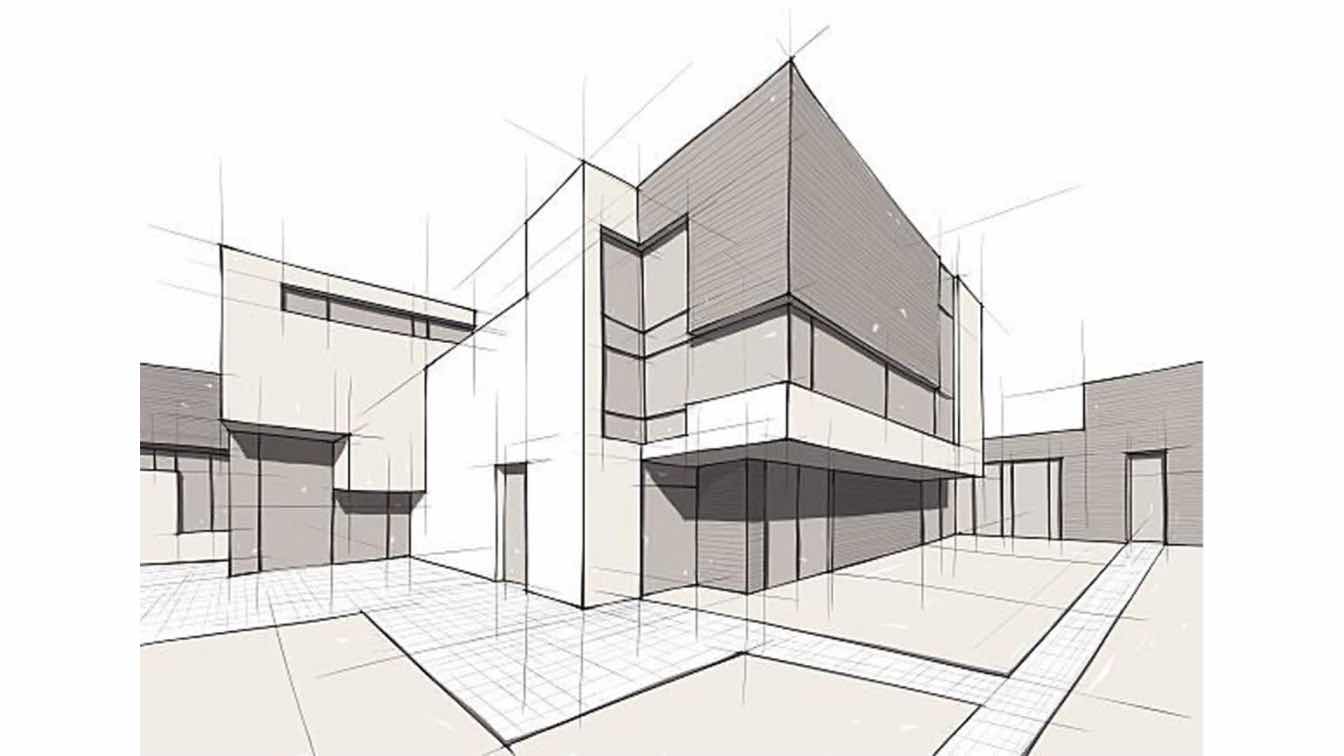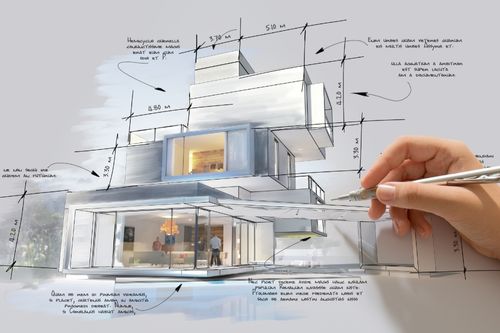Just How CDA Architects Integrate Imagination and Functionality in Modern Style
Just How CDA Architects Integrate Imagination and Functionality in Modern Style
Blog Article
The Important Role of a Designer fit Sustainable Urban Atmospheres for Future Generations
The role of a designer in crafting lasting urban environments is progressively pivotal in responding to the difficulties of environment modification and urbanization. By flawlessly integrating ecological principles right into their styles, engineers not only enhance the visual and practical quality of urban rooms yet likewise address pushing concerns such as power efficiency and social equity. Their expertise in ingenious products and area involvement forms developments that resonate with regional worths and desires. However, as we discover the complexities of this field additionally, it comes to be evident that the future of metropolitan living might rest on the actual techniques architects employ today.
Understanding Lasting Urban Layout
Sustainable metropolitan layout integrates eco-friendly concepts with metropolitan preparation to create atmospheres that are not just livable however likewise resilient. This technique emphasizes the importance of integrating natural systems into the metropolitan textile, ensuring that growth satisfies the needs of the existing without endangering the capacity of future generations to meet their very own demands. Key elements of sustainable metropolitan style consist of reliable land use, the promo of biodiversity, and the integration of green rooms, all of which add to enhanced quality of life for citizens.
In addition, lasting city design focuses on the reduction of the urban heat island result, enhanced air top quality, and efficient stormwater monitoring. It urges the usage of renewable energies and energy-efficient building practices, which substantially reduced carbon impacts. Additionally, lasting urban style cultivates social equity by producing easily accessible public areas and promoting mixed-use developments that satisfy diverse populaces.
Via thoughtful preparation and ingenious design strategies, lasting city settings can enhance neighborhood resilience against climate adjustment while fostering economic development. This alternative strategy not just addresses prompt metropolitan obstacles but also lays the foundation for much healthier, extra lasting cities for generations ahead.
Key Responsibilities of Engineers
Engineers play a critical function fit sustainable urban atmospheres by converting design concepts into tangible structures and spaces. Their obligations encompass a vast range of activities that add to the general success of urban layout tasks.
Firstly, engineers perform comprehensive site evaluations to understand the environmental, social, and cultural context of their jobs. This fundamental expertise informs their design decisions, ensuring that structures balance with their environments. They also participate in collaborative procedures with stakeholders, including city coordinators, engineers, and the neighborhood, fostering an inclusive method to urban development.
Additionally, designers are charged with creating styles that maximize energy performance, source conservation, and capability. They have to stick to local zoning regulations, constructing codes, and sustainability qualifications, ensuring conformity while pushing the limits of advancement.

Innovative Materials and Techniques
In the quest of environmentally liable style, innovative products and methods have arised as vital aspects in the creation of lasting urban settings. Designers are increasingly making use of materials that minimize ecological impact while boosting energy efficiency. As an example, recycled materials, such as redeemed wood and repurposed steels, not only lower waste however also include unique aesthetic high qualities to frameworks.
In addition, innovations in technology have brought about the development of high-performance materials, such as protected concrete kinds (ICFs) and photovoltaic or pv glass, which add to energy preservation and harness eco-friendly power. Techniques such as passive solar design and eco-friendly roof coverings even more exhibit exactly how design can integrate with all-natural systems, lowering reliance on fabricated cooling and heating.
Additionally, the assimilation of wise materials, which adapt to environmental changes, uses promising avenues for boosting structure performance - cda architects. These products can react to temperature level variations or dampness levels, maximizing comfort and sustainability
Eventually, the tactical selection and application of innovative products and strategies encourage designers to produce metropolitan spaces that are not only useful and aesthetically pleasing yet also durable and ecologically accountable, ensuring a sustainable future for generations to find.
Community Involvement and Cooperation
The success of ingenious materials and techniques in sustainable metropolitan design is considerably enhanced by energetic neighborhood interaction and collaboration. Designers should recognize that the constructed atmosphere greatly impacts the lives of regional homeowners, making it imperative to entail them in the style procedure. Engaging the area fosters a sense of possession and accountability, ensuring that advancements not just satisfy aesthetic and useful demands but likewise show the values and desires of those who populate them.

Effective neighborhood involvement additionally helps in focusing on social equity within metropolitan development. By considering the voices of marginalized populaces, engineers can develop rooms that are comprehensive and equitable. In this way, area interaction and collaboration look what i found come to be essential to accomplishing genuinely sustainable metropolitan atmospheres that serve the needs of existing and future generations.
Future Fads in Lasting Style

In addition, developments in modern technology are shaping future fads in sustainable style. The integration of wise products and building systems permits real-time energy administration, boosting performance and reducing carbon footprints. Innovations such as eco-friendly roof coverings, living walls, and energy-generating facades are becoming common techniques, even more promoting environmental balance within urban settings.
In addition, a change towards biophilic layout is obtaining grip, emphasizing the connection in between nature and human health. By integrating natural environments, designers produce areas that promote psychological wellness while promoting biodiversity.
Final Thought
To conclude, architects are pivotal beforehand sustainable urban environments through their competence in design, cutting-edge products, and community interaction. By prioritizing energy performance and resource conservation, these experts add to the production of resistant city rooms that satisfy the needs of existing and future generations - cda architects. The combination of ecological concepts not only improves livability yet also useful source cultivates social equity, making sure developments reverberate with the values and desires of the neighborhoods they offer
Report this page